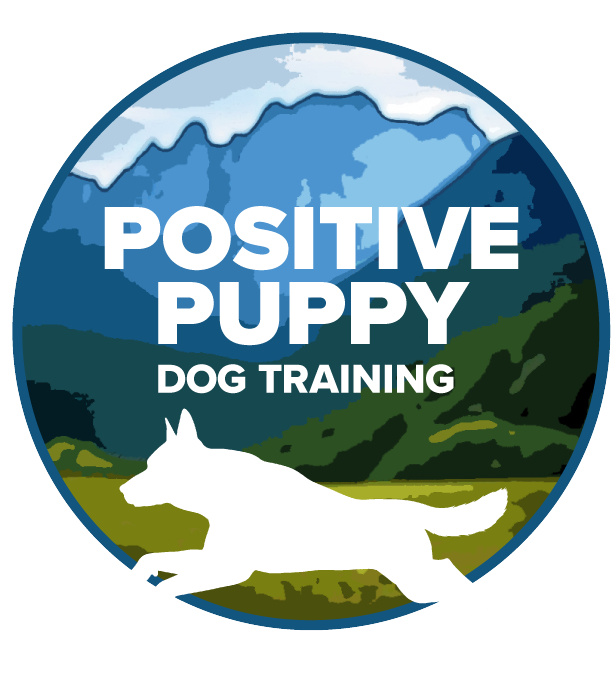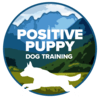Koehler or Force Free and Intimidation Free Dog Training?
Anyone looking for help with training their dog will instantly look toward the internet. Without any prior experience, a new dog owner is quickly overwhelmed by the information available. And, of course, there is something for everyone. There are trainers/books/websites that are old die hard “Koehler” method trainers that are primarily compulsion based trainers. And there are those that boast “Intimidation Free and Force Free” training using only positive reinforcement. More popular lingo includes “science based training”, or “relationship based training.” While many of those terms sound appealing, they are indeed, intended to be appealing to lure you into the mind set. If your experience is limited, having never owned a dog before or owning only one or two dogs, but now find yourself with a dog that is much different than what you expected, you might be searching for some guidance. Clear guidance can be incredibly difficult to sift through on the internet.
“Searching for Guidance” is indeed the key. When we work with dogs, we must understand that all dogs need “guidance” in order to be happy, well adjusted dogs. Not only do we as humans need guidance, dogs do, too. As children, we are rewarded for good work in school. But, we are also not allowed to play in the street, touch a hot burner, or pull someone’s hair. Well usually, anyway. Most of the time, our parents and our society “guide” us by giving us clear information about what is expected and the good behaviors, as well as letting us also know that certain behaviors like driving drunk will land us in jail.
Dogs left to their own devices are going to make dog decisions – like who can come in the house, walk by the car, who can touch the food bowl, which dogs they will respect, and so on. That’s all fine and dandy if dogs lived only in a dog world and not a human world full of threats to their lives, litigation, and potential homelessness. Training needs to reveal both the good things we want the dog to do as well as setting boundaries about what we will not allow in our household. If there is no guidance, dogs will become anxious. This is how separation anxiety, and dog to dog, and dog to people aggression get their foot hold. If the dog does not know you will give them direction, guide them and protect them, they resort to what they think they should do from a dog’s perspective. Many times, dogs that are obsessive jumpers (on people) are literally asking for guidance. “PLEASE! TELL ME WHAT TO DO!” the dog is exclaiming to the owner.
If you watch dogs play together, they will give each other signals about what is okay and what is not okay. They may get up and move, give a hard stare, grumble or growl a bit. Sometimes they will raise lip or a few hairs on their back. Many times, those signals are absent to our eye. If another dog does not listen to their requests, their requests become stronger until it may escalate into a dog fight. If your dog lives in pack of other dogs, all the dogs will express to each other what is acceptable and what is not. Dogs will give each other very clear guidance. Of course there are a few exceptions to that rule. Some dogs don’t relate nicely, some can bully, and some can completely shut down. But, those are other stories for another time.
When we fail to provide that guidance – yes, this is right, and no, this is not acceptable, the lack of guidance can become terrible anxiety for the dog.
Good dog training provides as much fair and reasonable information to the dog as possible. It is moderate, not extremely compulsive or permissive. Good dog training lavishes the dog with positive reinforcement for the behaviors we want from the dog, yet sets boundaries with fair consequences for behaviors that may ultimately be life threatening for the dog or for YOU, the owner! Good dog training involves consistent leadership. Every species on earth has leaders and social hierarchy. Dogs are no exception.
In parting, I’d like to suggest the following description of “leadership” for our dogs. I see this as pertaining to both a dog that is a leader to other dogs, as well as how a human can be a leader to their own dog. Leadership: the act of guiding another or a group (or pack) through benevolent, fair, respectful, knowledgeable, but confident mannerisms that provides security and cohesiveness among the members.

 Previous Post
Previous Post